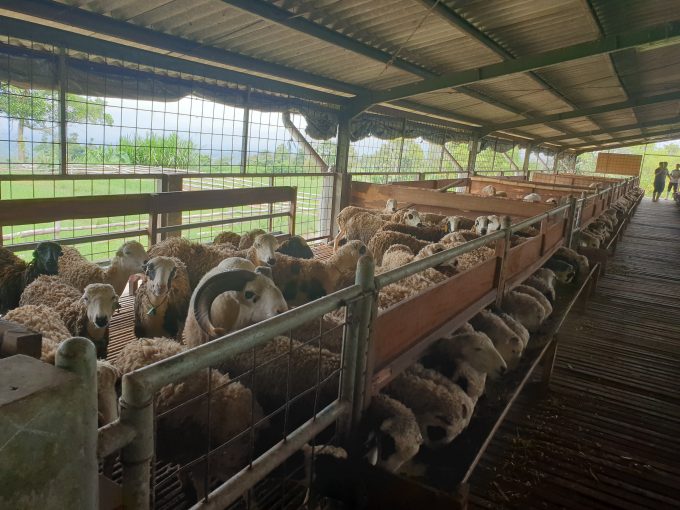
The need for animal protein can be fulfilled through consumption of meat, one of which is small ruminants such as goats. Goats are a type of small ruminant that has the potential to be developed in Indonesia, therefore, their productivity needs to be increased. Increasing livestock productivity is one of the things that are expected by many breeders, a proper strategy is needed so that the increase in livestock productivity can be realized.
This was discussed in the OPERA discussion session 6, Special Edition of General Lecture on July 25, 2020 with the theme of management and selection of goat livestock. This discussion provided an overview of good maintenance and selection management for goats by presenting two speakers, namely Prof. Mulumebet Worku, Ph.D (North Carolina Agricultural and Technical State University, United States) and Dr. Ir. Fera Mahmilia, M.P (Head of Goat Research Workshop).
Prof. Dr. Ir. Ali Agus, DAA., DEA., IPU., ASEAN. Eng, Dean of the Faculty of Animal Science (FAS) UGM, when opening the discussion, said that livestock that are adaptive to disease and the environment are very important because they are related to productivity. Therefore, research to produce superior livestock that have productivity is important so that it can provide benefits to breeders.
Prof. Mulumebet explained how to make a good selection of goats both quantitatively and molecularly. In addition, she also provided an overview of the management of goats in North Carolina and an evaluation of the resistance and resistance of goats to diseases in North Carolina.
“The development of technology and knowledge in molecular terms supports the selection of superior livestock based on genes or inherited traits. Each animal that has the potential genes or that supports livestock productivity will be selected. The simplest example is livestock that have good genes in immunity will help livestock to be resistant to disease. In addition to immunity, of course, genes that play an important role in productivity can be selected, such as weight gain and meat quality,” said Prof. Mulumebet.
Dr. Ir. Fera Mahmilia, M.P. describes how to make a good selection of goats, as well as describes how the management of goats in Indonesia. Indonesia has great potential, both from the type of goat and forage. If this potential can be optimized, it can certainly contribute to meeting the national demand for meat.
Fera explained further about the duties of the North Sumatra Slaughter Goat Research Workshop, namely carrying out exploration research, evaluation, preservation, and utilization of livestock germplasm. Innovative products that have been circulating in the community include the Boerka Galaksi Agrinak Goat (a cross between Boer Goats and Kacang Goats), Indigovera Var.Gozoll Agribun, and Stenotaphrum Secundatum Var. Steno Agrinak. Since 2009 until now, Boerka goats have spread to 18 provinces with 1017 heads.
